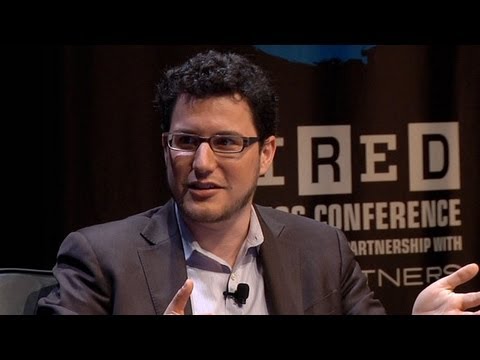Barriers to Adoption of InTouch Telehealth in Healthcare
Summary
In this Q&A, we explore the barriers to the adoption of telehealth technology, specifically the RP7 robot and RPVita, at InTouch Health. We discuss the varying attitudes of doctors towards using the technology and the need to address these barriers to enable successful implementation of new enabling technologies in healthcare.
Table of Contents
- RP7 robot adoption barriers
- RPVita and the future of healthcare
- Addressing adoption barriers
- Advancements in telehealth technology
- Conclusion
Introduction
Telehealth technology has been on the rise in healthcare, making healthcare more accessible and convenient for patients. However, the adoption of telehealth technology is faced with multiple barriers, hindering its successful implementation. This Q&A focuses on the adoption barriers experienced with the RP7 robot and the RPVita at InTouch Health.
Q&A
RP7 robot adoption barriers
- What are some of the barriers faced in the adoption of the RP7 robot at InTouch Health?
- We have found that doctors have varying attitudes towards using the RP7 robot. While about four out of ten doctors love using the joystick to drive the robot around, some doctors are indifferent to the experience, and others refuse to use the robot and prefer to have the nurse handle the patient.
- How do these attitudes affect the implementation of telehealth technology?
- The varying attitudes towards using the telehealth technology can hinder its successful implementation. If a significant number of doctors refuse to use the technology, it becomes challenging to integrate it into healthcare processes effectively. These attitudes pose a significant adoption barrier that needs to be addressed.
Conclusion
Adoption barriers are a significant hindrance to the successful implementation of telehealth technology in healthcare. To address these barriers, healthcare providers need to involve doctors and nursing staff in the implementation process, provide training and create awareness of the potential benefits. Telehealth technology like RPVita represents the future of healthcare, providing an efficient way of delivering healthcare services to an increasingly remote patient population. As technology continues to advance, the potential for telehealth technology to revolutionize healthcare delivery is vast.







